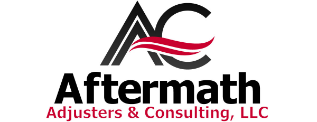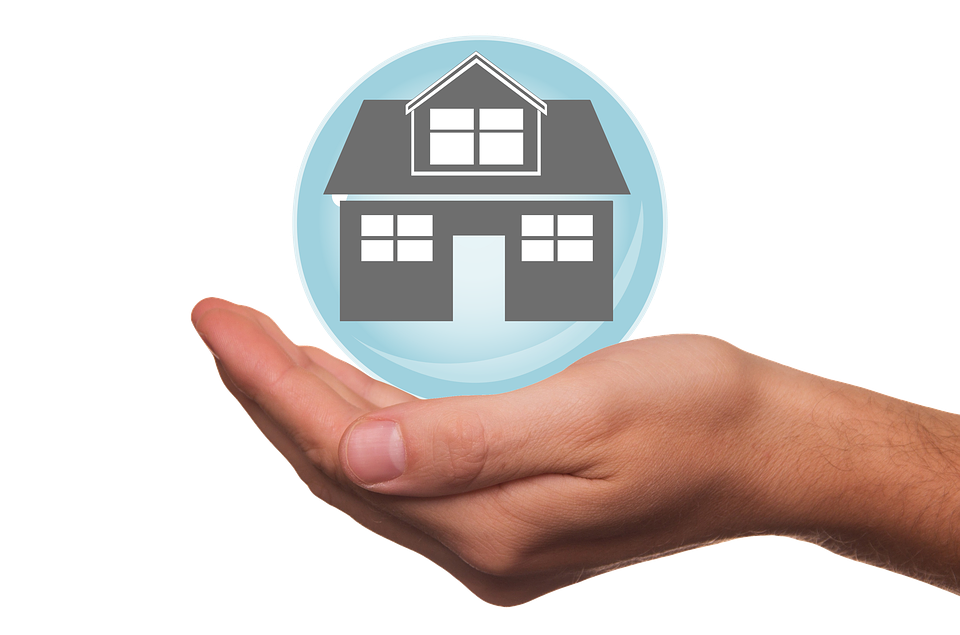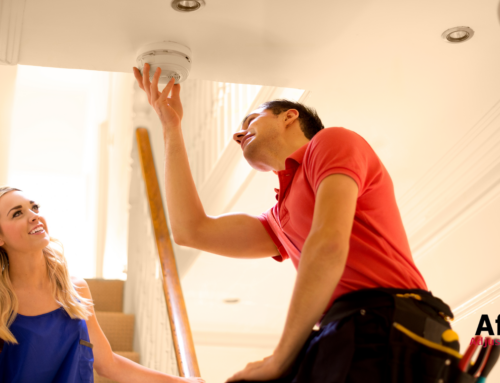Homeowners insurance is a topic that most people don’t want to think about until they actually need it. However, it is important to be prepared ahead of time by knowing what your policy does and does not cover. That way, you can make sure you will be taken care of if you need to restore your property and replace your belongings.
It is also recommended for homeowners to review their homeowners insurance policy annually. This will include updating your information on inventories and any home remodeling, as well as keeping up on local building costs.
What A Homeowners Insurance Policy Covers
A basic homeowners insurance policy will cover damage caused by:
- Fire
- Water (not including flooding)
- Windstorms
- Hail
- Riots
- Explosions
It covers other losses as well, such as theft and any living expenses incurred while the property remains uninhabitable. Also, your legal liability (up to a certain amount) is covered if you, anyone in your family, or your pets hurt someone else or their property. This not only pertains to accidents on your property but away from it as well.
When you purchase homeowners insurance, you are insuring two main things: the structure of your house and your personal items.
The Structure of Your House
There are three ways to insure your home’s structure:
- Replacement Cost- This is when the insurer will pay the policyholder the cost to replace the damaged property without subtracting depreciation. It is limited to a maximum dollar amount.
- Extended Replacement Cost- The Extended Replacement Cost policy will pay a certain percentage over your policy limit so that your damaged home can be fully restored. This percentage amount is usually around 20 percent.
- Actual Cash Value- It will cover the cost to repair and restore your home, but deduct the depreciation costs for age and use.
Tips for Insuring Your Home to Value
- It is a good idea to insure your home for the total amount it would cost to rebuild if it were destroyed. Keep in mind this isn’t the market value of the home, just the cost to rebuild.
- Make sure not to insure your home for its market value. The cost of rebuilding could be more or less than the amount you paid for it or the price it would sell for today.
- To get an idea of how much it would cost to rebuild, research the local building rates in your area. You can also consult a contractor you trust or a local builders association. Then, multiply the building costs per square foot by the total square footage of your home.
- Compare the value of your insurance policy with the local building costs annually. These costs tend to rise consistently.
- There are many factors that will determine the cost of rebuilding your house. These include:
- Cost of construction
- Square footage of the property
- Style of the house (e., ranch, colonial)
- Number of rooms and bathrooms
- Type of roof
- Kind of exterior wall construction (masonry, frame, or veneer)
- Any exterior trim, attached garages, or fireplaces
- Other unique features like special interior trim or arched windows
- When you buy insurance, most lenders make it a requirement to purchase enough to cover the amount of your mortgage. Also be sure it is enough to cover the cost to rebuild.
- Let your insurance agency know of any additions or improvements done to your home. This way you can increase your policy limits
Your Personal Items
There are two ways you can insure your personal belongings:
- Replacement Cost Coverage- This pays the cost of replacing damaged personal property with items of similar type or quality. It does not deduct any amount for depreciation.
- Actual Cash Value- Insurance that gives the policyholder the amount needed to replace damaged property while subtracting the cost of depreciation.
Things to remember when insuring your personal belongings:
- Make sure to take inventory of all your possessions. Take pictures or videos and keep any receipts attached to your inventory checklist. Keep these records somewhere other than your home, such as a safe deposit box.
- Update your inventory whenever you make a large purchase.
- Look up in your policy what the limits are on personal items like silverware, furs, jewelry, and computer equipment. If your limits are low, consider purchasing a special personal property endorsement, or “floater.”
When it comes to protecting your home, the most important thing you can do is understand the parameters of your homeowners insurance policy. Make sure you know what is in your policy and the things that it does and doesn’t cover. Review it annually so that you can keep it fresh in your mind. Contact Aftermath Adjusters & Consulting LLC today for a free policy review.









